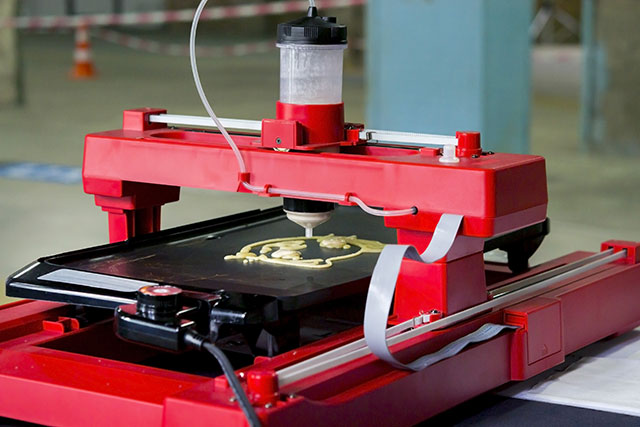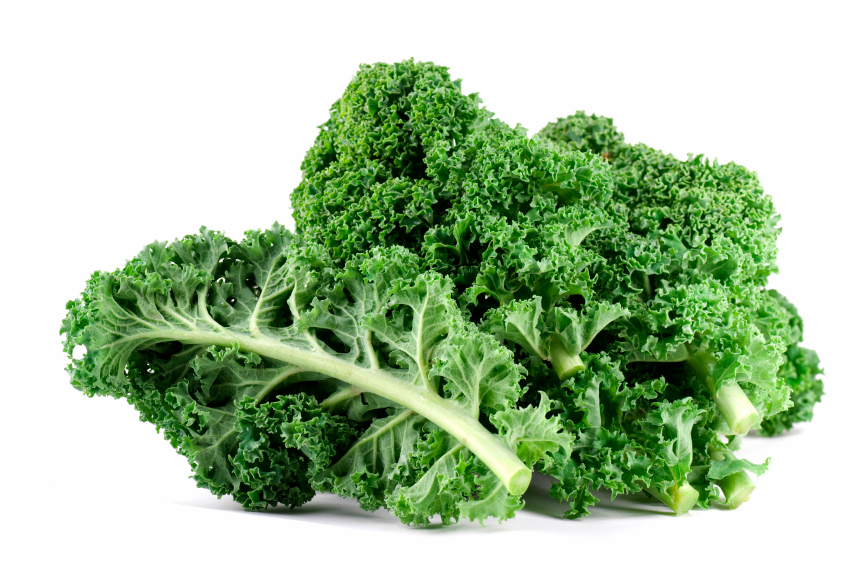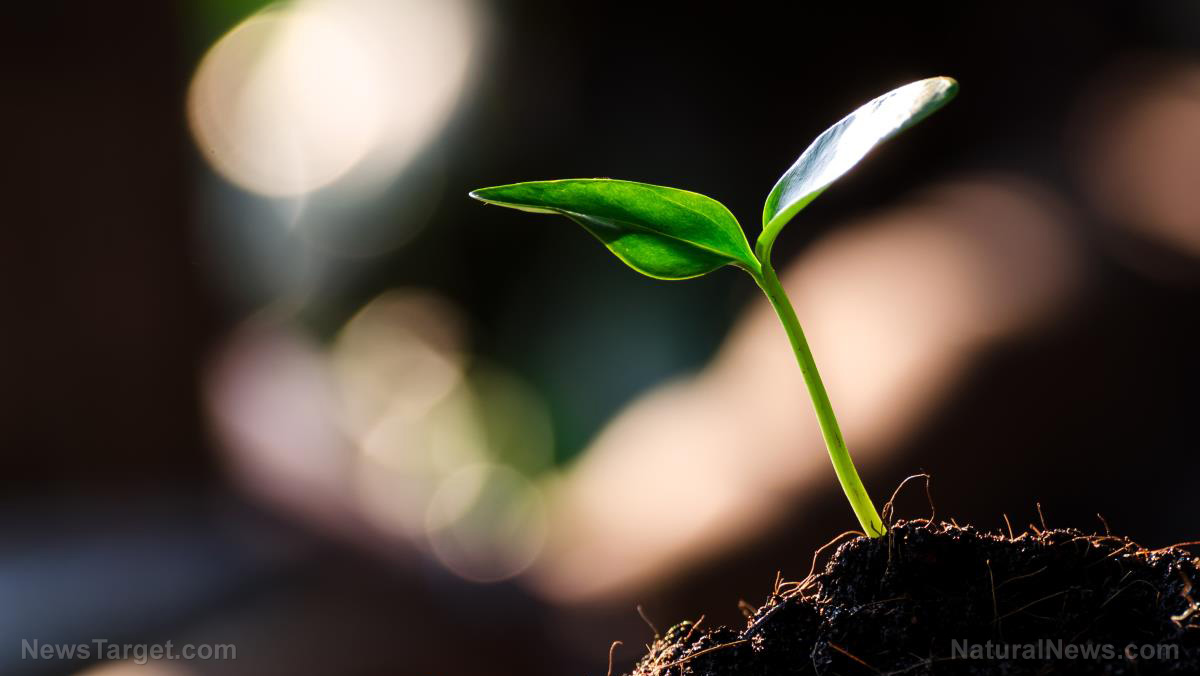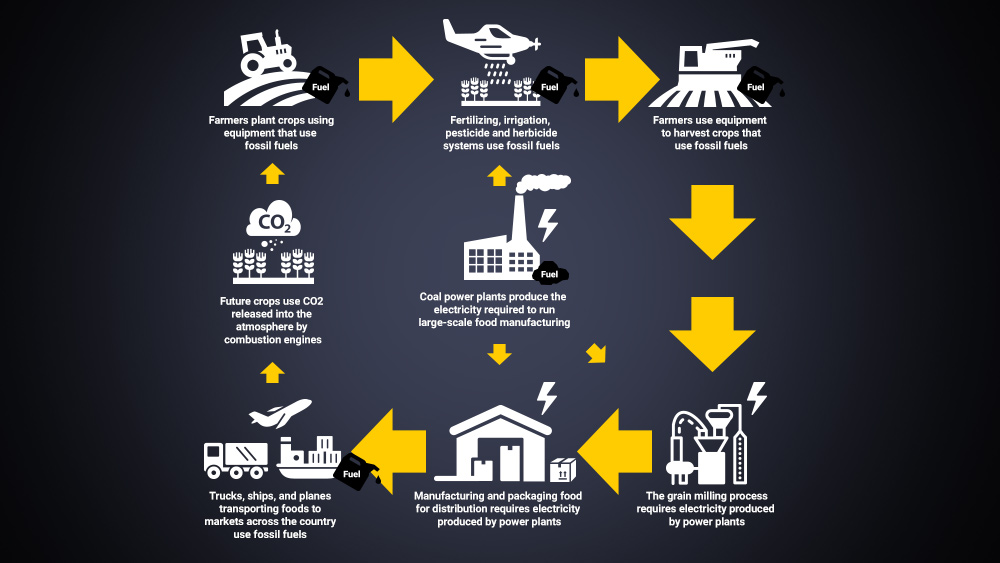Novel chemistry method paves the way for large-scale production of bioplastic bottles
02/28/2019 / By Edsel Cook
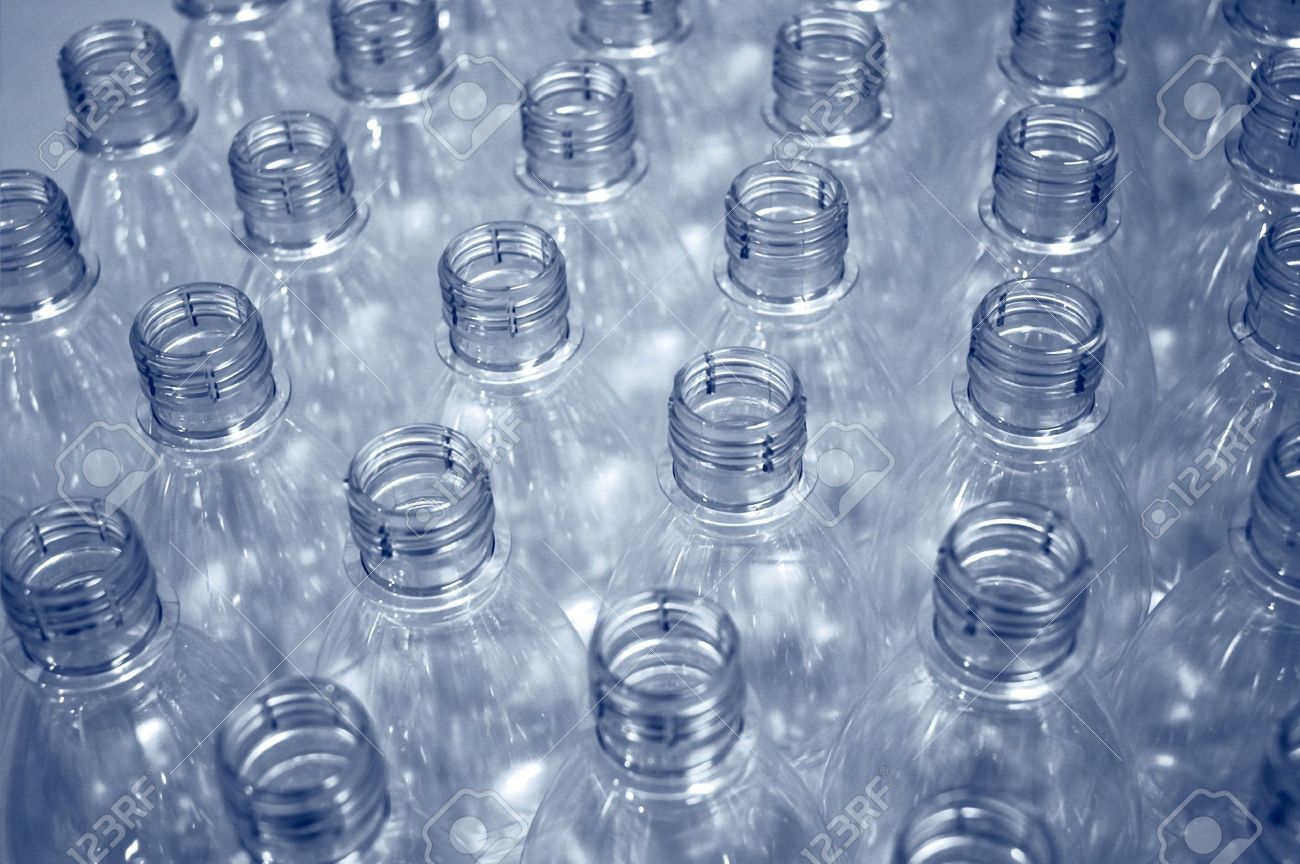
Japanese and Dutch researchers demonstrated a new technique to extract an important plastic-making chemical from non-edible plant matter in large quantities. Their method of getting furan-2,5-dicarboxylic acid (FDCA) from a renewable source of material could displace the fossil fuel equivalent that is used to make plastic bottles and other plastic products.
There is a growing demand for eco-friendly products that are made from renewable resources, use clean energy during the production process, and produce little in the way of toxic waste and byproducts. Some experts believe that non-food plants could provide the raw resources needed by these products.
Hydroxymethylfurfural (HMF) is one such biomaterial. Derived from glucose found in non-food plants, it will undergo oxidation if certain metal catalysts are added. The ensuing chemical reaction produces polymers like FDCA, which in turn can be used to make bioplastic products.
Oxidizing a diluted solution of HMF biomaterial that measures up to two weight percentage (wt percentage) or less will yield large amounts of FDCA. Many types of different metals can be used to catalyze this reaction, which makes this a very promising approach. (Related: Researchers develop blend of bioplastics that can decompose under diverse conditions.)
Unwanted chemical side reactions reduce the efficiency of polymer production
However, in order to be considered for industrial uses, a chemical process needs to work on a concentrated solution that ranges from 10-20 wt percentage. And current oxidation methods are unable to achieve a yield that is high enough to fulfill commercial requirements.
In earlier experiments involving the minimum 10 wt percent concentrated solution of HMF, only 30 percent of that biomatter got oxidized into FDCA. This is a huge drop in efficiency compared to its effectiveness on 20 percent.
Furthermore, many of the formyl groups present in the biomaterial transformed into solid byproducts. These byproducts cannot be used for making plastic products and are considered as waste.
To make matters worse, the unwanted side reactions do not just waste biomaterial. They also use up catalysts, which are often expensive metals like gold.
Using the acetalization process to boost the efficiency of oxidation
The joint team of researchers at Hokkaido University and Eindhoven University of Technology found a way to suppress the wasteful side reactions in HMF. First, they added an organic compound called 1,3-propanediol to HMF, triggering a chemical reaction called acetalization.
The formyl groups in HMF are also called aldehyde groups. Acetalization attaches a chemical side chain to these volatile aldehyde groups, turning them into aldehydes that will not be affected by other reactions.
When HMF undergoes acetalization, it turns into HMF-acetal. The aldehydes in this new organic compound are much more stable than their precursor; they will not be triggered by the side reactions during the oxidation process.
The new process uses 1,3-propanediol as the catalyst for acetalization. The chemical is highly reusable; 80 percent of it can be recovered from every use.
Two chemical reactions are more efficient than one
The researchers used a gold (Au) catalyst to trigger oxidation in the much more stable HMF-acetal. They reported getting high yields of FDCA polymers from industrial-grade concentrations.
Furthermore, they made big improvements to the HMF concentration. It now takes smaller amounts of 1,3-propanediol to trigger oxidation in HMF-acetal, which adds to the materials and energy savings.
“These results represent a significant advance over the current state of the art, overcoming an inherent limitation of the oxidation of HMF to an important monomer for biopolymer production,” explained Kiyotaka Nakajima, a Hokkaido University researcher. “Controlling the reactivity of formyl group could open the door for the production of commodity chemicals from sugar-based biomaterials.”
Sources include:
Tagged Under: biomaterials, bioplastics, breakthrough, Chemistry, eco-friendly, environment, green living, plastic bottles, products, renewable resources, renewables










